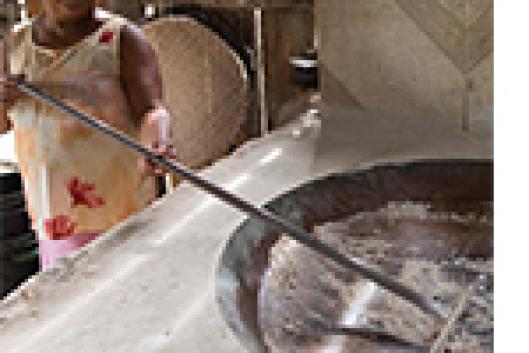In the middle of the biggest continuous area of Brazil’s Atlantic Forest, southwest of Sao Paulo, researchers of the University of Sao Paulo and the State University of Campinas accompany the changes in the region’s quilombola communities since 2003. Recent studies of this group strengthened the idea that the planting method adopted by the quilombola communities – generally seen as aggressive due to the slash and burn of native vegetation - has low impacts over forests and animals, just like the farmers were already saying. Through sensors buried in the soil, it was confirmed that the fire used to open an area for agriculture burns mainly the leaves and thin branches. This means that 85% of the vegetation resists and the nutrients remain in the soil. This method, criticised for supposedly harming forest biodiversity, could even serve as a food source for some forest animals.
See the article in Operamundi (in Portuguese) at:
http://operamundi.uol.com.br/conteudo/samuel/40910
/sem+abandonar+tradicoes+comunidades+quilombolas
+transformam+relacao+com+territorio+no+vale+do+ribeira.shtml
